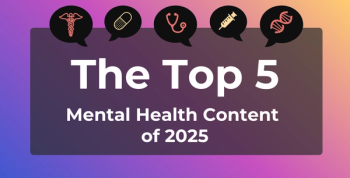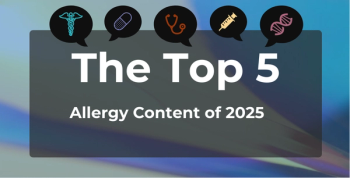
Extreme Weather Events Heighten Risk of Nationwide Drug Shortages
Key Takeaways
- Climate change-driven extreme weather events threaten the US pharmaceutical supply chain, with 62.8% of facilities in disaster-prone counties.
- Hurricane Helene in 2024 highlighted the vulnerability of the supply chain, causing a nationwide shortage of intravenous fluids.
Climate-related disasters threaten US drug production, highlighting vulnerabilities in the pharmaceutical supply chain and the urgent need for strategic planning.
Nearly two-thirds of all US drug production facilities were in counties with at least 1 disaster declaration between 2019 and 2024,
The authors of a JAMA research letter highlighted how climate change–driven extreme weather events introduce new threats to the already fragile US pharmaceutical supply chain. For example, in 2024, Hurricane Helene
With the Trump administration
Using archived versions of the FDA’s Drug Establishments Current Registration Site, the researchers identified all facilities that manufactured, prepared, propagated, compounded, or processed drugs between 2019 and 2024. They then cross-referenced these sites with counties that had a Presidential Disaster Declaration recorded in the Federal Emergency Management Agency disaster database. The disasters analyzed included fires, hurricanes, storms, tornadoes, and floods.
Using logistic regression, the researchers calculated the relative odds of disaster impact by whether a county had drug production facilities, with year fixed effects and errors clustered at the county level.
They found that 10,861 drug production facilities were active from 2019 through 2024. Of these, 6819 active facilities (62.8%) were located in counties that experienced at least 1 disaster declaration, with an annual average of 2146 facilities (33.8%). All types of climate-related disasters affected counties with active drug production facilities, but hurricanes were the most common.
However, the likelihood of a county experiencing a disaster declaration did not differ between those with drug production facilities and those without (28.3% vs 28.4%; incidence rate ratio, 0.99; 95% CI, 0.91-1.08; P = .95).
Even so, the researchers emphasized that the drug shortages following disasters demonstrate that the pharmaceutical supply chain remains vulnerable to climate-related disruptions. Additionally, the reliance on a limited number of facilities for key therapeutics further increases the risk of care disruptions, as demonstrated by the Baxter shortage post Hurricane Helene.2
The researchers acknowledged several limitations, including the absence of data on how often disasters directly caused drug shortages; this prevented a comprehensive, nationwide assessment of weather-induced shortages and their impacts. Also, there was a lack of information on production volume, drug types, facility-level contributions to the US drug supply, and the proportion of drugs consumed in the US that are manufactured domestically. Despite these gaps, they expressed confidence in their findings.
“These findings underscore the importance of recognizing climate-related vulnerabilities and the urgent need for supply chain transparency, for strategic allocation of production, and for disaster risk management strategies to prevent health care disruptions in the US,” the authors concluded.
References
- Shahzad M, Nogueira LM, Wagner A. Threats of weather disasters for drug manufacturing facilities in the US. Published online August 20, 2025. JAMA. doi:10.1001/jama.2025.13843
- McCormick B. 5 essential drugs currently facing shortage. AJMC®. November 1, 2024. Accessed August 20, 2025.
https://www.ajmc.com/view/5-essential-drugs-currently-facing-shortages - Steinzor P. Trump tariffs on pharmaceuticals risk causing higher costs, drug shortages. AJMC. April 25, 2025. Accessed August 20, 2025.
https://www.ajmc.com/view/trump-tariffs-on-pharmaceuticals-risk-causing-higher-costs-drug-shortages
Newsletter
Stay ahead of policy, cost, and value—subscribe to AJMC for expert insights at the intersection of clinical care and health economics.







































